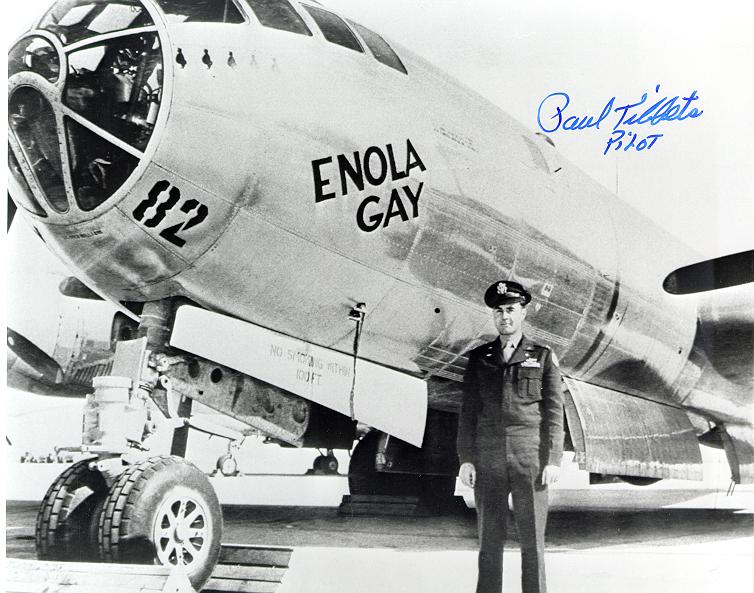Introduction
The Enola Gay, the B-29 Superfortress bomber that dropped the first atomic bomb on Hiroshima in 1945, remains a pivotal symbol of World War II and the ethical dilemmas surrounding nuclear warfare. Its relevance cannot be overstated as it serves as a reminder of the destructive capabilities of nuclear weapons and the impact of war on humanity.
Historical Context
The Enola Gay was named after Enola Gay Tibbets, the mother of Colonel Paul Tibbets, who piloted the aircraft. On August 6, 1945, the Enola Gay completed its historic mission, releasing a bomb known as “Little Boy,” which resulted in unprecedented destruction and loss of life, with an estimated 140,000 people dying by the end of that year due to the immediate effects and subsequent radiation poisoning.
This event not only marked a turning point in the war against Japan but also initiated discussions on moral responsibility and the consequences of using nuclear weapons. The decision to employ such a devastating weapon has been debated for decades, weighing the arguments of hastening the end of the war against the ethical implications of civilian casualties.
Modern Implications
As we approach the 80th anniversary of the bombing, the legacy of the Enola Gay continues to resonate globally. The rise of nuclear powers and ongoing geopolitical tensions heighten the need for dialogues on the ramifications of using such weapons. Museums, such as the Smithsonian’s National Air and Space Museum, showcase the Enola Gay as part of their exhibits, facilitating important conversations about war, peace, and remembrance.
Additionally, the historical narrative surrounding the Enola Gay has evolved, prompting education on the perspectives of those affected by the bomb. Survivors, known as hibakusha, share their experiences, adding depth to the understanding of the human cost of nuclear warfare.
Conclusion
The Enola Gay stands as a haunting reminder of the potential for destruction inherent in military advancements. Reflecting on its significance encourages a critical examination of our present-day conflicts and nuclear policies. As discussions about disarmament and the future of warfare continue, the lessons learned from the Enola Gay and the events of August 6, 1945, are more important than ever. We must not only remember the past but also strive for a future where the horrors of nuclear warfare remain just that—a memory.
